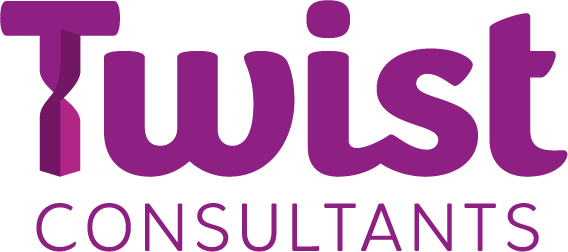It’s that time again ... New Year’s resolutions...
I have spent many a January committing myself to a multitude of unrealistic goals under the banner of New Year’s resolutions. My intentions have ranged from losing weight to giving up chocolate and booze, to getting fit.
As most of these things have involved me ‘giving up’ something or adding something in when things are already busy and without a clear plan of action, I can honestly say I’ve never achieved any of them as a New Year’s resolution.
The whole process made me feel like I was failing before I’d even started.
Image: Tim Mossholder, unsplash
When I think about this compared to my work in organisation change, this lack of success is hardly surprising. When I put my New Year approach into this context, I’ve tried to force an ‘internal’ change without having a clear vision of what the result would look like, why I’m doing it and then a plan of how I’m going to get there.
I’ve not reflected on what’s worked for me before and what I’ve learned. Plus, I’ve not really taken account of what the real benefits will be – what I’m making space for in my life and work.
So, about five years ago and for the sake of my wellbeing, I ditched New Years’ resolutions (which, looking back were just statements of intent). Instead, as the nights drew in last year, here’s how I spent time getting for the year ahead.
Looking back to move forward
“Without reflection, we go blindly on our way, creating more unintended consequences, and failing to achieve anything useful”
You may have heard this from me before but I’m a huge fan of lessons learned both in projects and in life. For me, it’s about taking time to look at what you’ve done and asking three broad questions:
what’s gone well?
what didn’t go so well?
what would you do differently next time to create a better result?
Through this approach, you can ditch stuff you never want to do again - or which has given little or no benefit - and take forward what has worked well. I’ve run lessons learned sessions (or similarly, After Action Reviews) with many different types of teams and it’s a practice I follow too. It usually gives great, and often surprising results.
Both personally and professionally, this means tracking progress continuously – not just at the end of a project, a month or a year. You need to be thinking about this every day.
At work, instil this practice at the start of your project (and don’t wait until you’re just a few weeks away from go live to start asking these questions).
Personally, I end my day with a quick ten-minute reflection on these questions (plus another one – what have I learned today?). A gratitude diary can really help with this too.
Focusing on what brings me joy and excitement
I had a big reminder of the power of joy from a number of sources when I was kicking off my planning last year. Both Ann Hawkins and Marie Forleo suggest making a list of things that will bring you joy and excitement and then working those into a plan.
So that’s exactly what I did in December. I made a big list, both from a personal and work perspective, and then narrowed it down into a plan. The best bit about planning things this way meant that I got really excited and full of energy about what I was putting on my list.
I could actually imagine myself actually delivering the workshops and coaching programmes I’d included.
My biggest learning? If you’re going to effect change, you’ve got to understand why you want to do it. You can’t do it in isolation either – you need to genuinely buy into it and so does everyone else involved or it’ll never get off the ground (or get done).
Which is, uncannily, what I tell my clients about organisation change too.
Changing habits works best bit by bit
Back in 2019, I did a lot of research and reading around habit changing - I wanted to shift some of my ways of working. I blogged about it here.
I read the usual books around habit changing (see suggestions below) but one of the best reads was ‘Black Box Thinking’ by Matthew Syed and his explanation of marginal gains. In this approach (which you might be familiar with from the Sky cycling team) it’s about introducing incremental changes in different areas and adapting them into your approach to make a big difference.
This has really stuck with me. My old approach to New Year’s resolutions meant I often had a list of between three to five things, with no understanding of what I was going to change and how to incorporate any of it into my world.
It’s no good saying you want to get fitter if you’re not prepared to make time in your schedule to fit it in. Sounds simple doesn’t it?
So, as we’re just a few days into a New Year with lots more challenges that we’re all working through, I’m pleased I scrapped the idea of resolutions.
I’ve found that having a space to think about what brings me joy – however hard things might get – helps me get energised. And I’m continuing to reset many of my expectations, focusing my attention on what I already have and being grateful for that.
This is all a work in progress - which big change always is.
What’s working for you?
If you want to find out more, check out
Charles Duhigg, the Power of Habit
Matthew Syed, Black Box Thinking
If you’d like support in kicking off big changes, either professionally or personally, do give me shout - get in touch here

